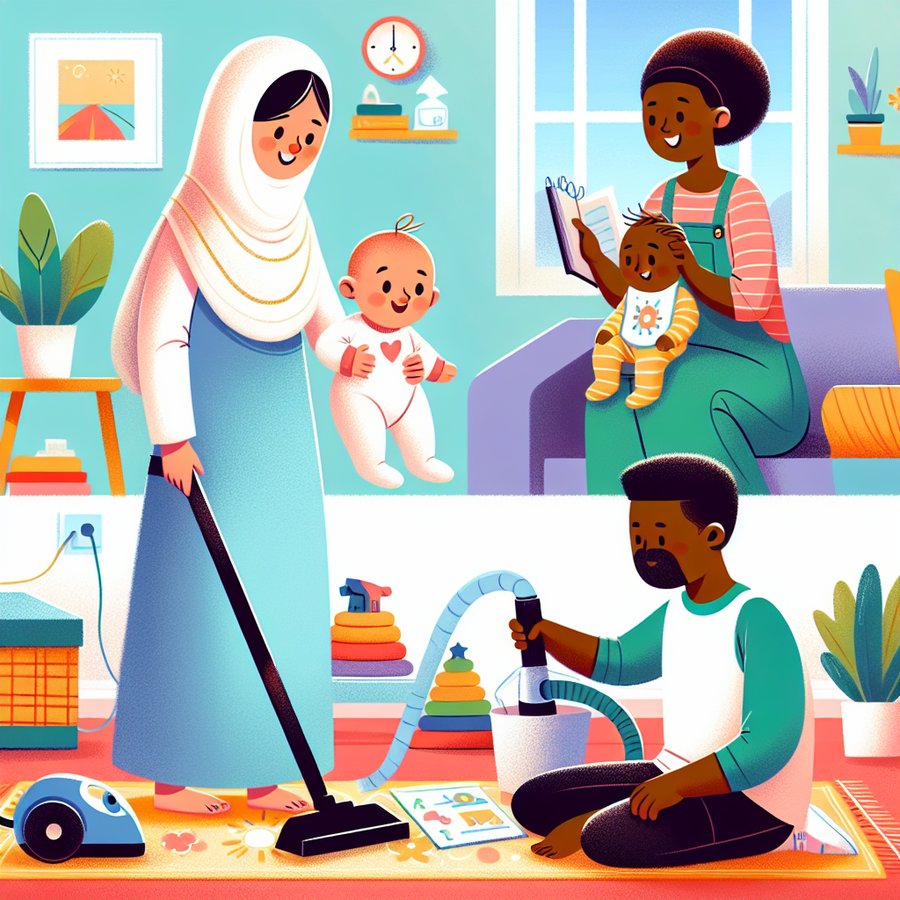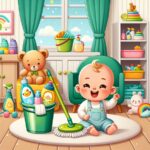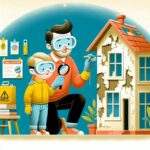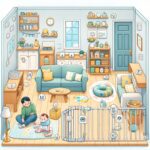Safeguarding babies from household allergens is a critical step in ensuring the health and well-being of our little ones. Allergens can lurk in the most unexpected places within our homes, posing potential risks to infants who are especially vulnerable to respiratory and skin reactions. In this comprehensive guide, we will explore effective strategies to minimize your baby’s exposure to common household allergens, ensuring a safer and more comfortable environment for them to grow and thrive.
Identifying Common Household Allergens
Before we dive into safeguarding strategies, it’s essential to identify the common culprits behind allergic reactions in babies. Dust mites, pet dander, mold, and pollen are among the top allergens found in homes. These allergens can trigger a range of symptoms in babies, including sneezing, coughing, itchy eyes, and skin rashes. Understanding what you’re up against is the first step in creating a safer environment for your baby.
Another significant source of allergens comes from foods. While not directly related to household dust or dander, knowing about food allergies is crucial for parents. Signs of a food allergy can include hives, vomiting, or even more severe reactions, and it’s important to be vigilant about what foods can introduce potential allergens to your baby.
Safeguarding Babies from Household Allergens
The key to protecting babies from household allergens lies in regular cleaning and minimizing the presence of allergen sources. Use a vacuum cleaner with a HEPA filter to trap dust mites, pet dander, and pollen effectively. Wash bedding, including crib sheets and blankets, in hot water weekly to kill dust mites. Additionally, maintaining a humidity level below 50% can help prevent the growth of mold.
For families with pets, it’s crucial to keep pets out of the baby’s room and bathe them regularly to reduce the amount of dander in the environment. For further guidance on creating an allergen-free nursery, consider reading about safe materials and products for a non-toxic nursery.
Advanced Strategies for Allergen Reduction
Beyond routine cleaning, there are advanced measures you can take to further reduce allergen exposure in your home. Using air purifiers with HEPA filters in the nursery and living areas can help remove airborne allergens, such as pollen and pet dander, from the environment. Encasing mattresses and pillows in allergen-proof covers can also create a barrier against dust mites.
It’s also beneficial to limit the use of heavy drapes and carpets where dust and allergens can accumulate easily. Opt for washable rugs and blinds that can be cleaned regularly. Lastly, be mindful of choosing non-toxic cleaning products, as some chemicals in conventional cleaners can trigger allergic reactions in sensitive individuals.
In conclusion, safeguarding babies from household allergens requires a multifaceted approach, from regular cleaning routines to the strategic use of air purifiers and allergen-proof encasements. By identifying the common sources of allergens and implementing these protective measures, you can create a safer, more comfortable home environment for your baby. Remember, the health and well-being of your little one is paramount, and taking proactive steps to minimize allergen exposure can significantly contribute to their overall health.
For more in-depth information on baby safety and health, explore our articles on safe sleep practices and managing environmental allergies in toddlers. Empowering yourself with knowledge is the key to ensuring the well-being of your precious baby.













